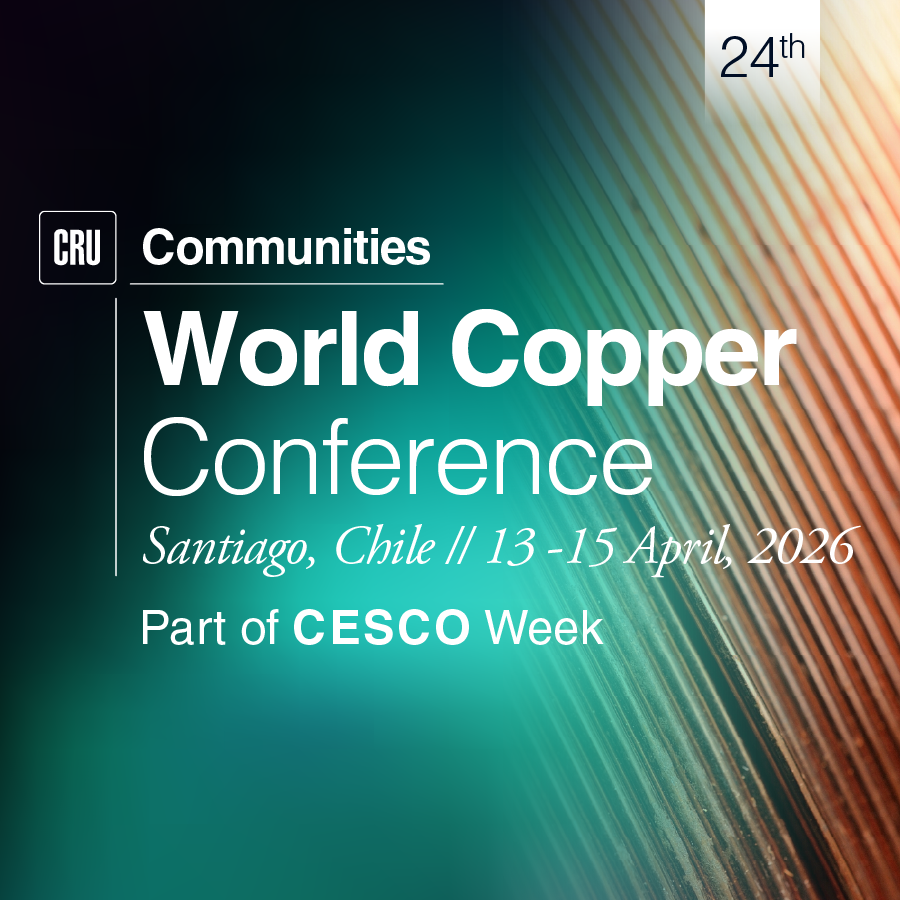While the world is scratching its head and figuring out how to navigate the uncertain trading context of today, the critical requirements of a warming world are demanding very focused attention to move from ambition and hot air to probability and plans.
Much of the past decade has been spent building consensus on the need for some ambitious but realistic targets for decarbonisation and on prioritising the necessary industrial changes. With some of these trends, including electric mobility and energy transition, firmly established, thoughts are now turning towards the practical challenges of rebuilding our industrial infrastructure to meet these targets.
We have thought, and begun to invest, our way through “Sustainability” and now “Energy transition”. It is possible that 2023 will be a year of “materials transition” where both industry and suppliers focus in on how to use the resources we actually have to meet these new needs and by when!
International policy statements are leading us towards reduced emissions, higher standards of ESG reporting and the de-risking /shortening of supply chains. The energy transition is also, without doubt, posing one of the biggest challenges to the commodity sector since the arrival of China in world markets.
Humans have traditionally focused on a narrow selection of commodities to meet our needs – iron, copper, lead, zinc and, more recently, aluminium; but this time the technologies the world needs to meet our new needs will require consumers and suppliers to explore many more exotic parts of the periodic table and a clear “materials transition” will be required.
Potential technological solutions abound for clean energy generation, grid-scalable energy storage, electric vehicles, green steel making, carbon capture, etc. Each solution pulls on a different set of commodities and faces a unique set of challenges before wide-scale adoption. There are so many potential future states of the world – it is this uncertainty that can lead to inaction.
Even just in cars, as we move from the binary world of petrol vs diesel power (fossil fuels and lead batteries) to a world of hybrids, hydrogen fuel cells, various evolving lithium chemistry batteries, potential new chemistries involving sodium, lithium metals, silicon, etc; entire new supply chains from mining, processing, refining, manufacturing and assembling will require both financing and ramping up.
Electricity generation faces the same change from the historic domination of coal, gas, hydro and nuclear to a new world with fast ramping up capacity for solar power, on and offshore wind, tidal and geothermal power, etc. Suddenly we move from needing super-alloys for turbines to needing rare earth magnets, poly-silicon wafers, vanadium storage, and silver solder – the list is endless.
For commodity suppliers and consumers, this creates a world of previously unexperienced uncertainties:
- When to bet on technology winners/losers
- Modelling the future impact of efficient supply chains and technology to actually reduce consumption, e.g. near net shaping, 3D printing, micronutrients
- How can industry increase reliance on recycled materials and what impact will this have?
So, 2023 will be a year of change, for developing new understanding, modelling a multitude of possible futures, understanding new commodity supply chains and starting to answer some very fundamental questions about how to support global economic development with some very smart technology / commodity-based solutions.
CRU has the data and insights to support you and your business to navigate these complex times.

















